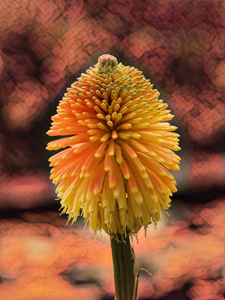Experience versus knowledge – a brief look at samAdhi (Part 2)
(Read Part1)

Here is the 364th verse of the vivekachUDAmaNi, as translated by Swami Ranganathananda, of Ramakrishna Math: “Reflection should be considered a hundred times superior to hearing, and meditation a hundred thousand times superior even to reflection, but the nirvikalpa samAdhi is infinite in its results.” The verse is referring to shravaNa, manana and nididhyAsana initially and, traditionally, this is the ‘complete set’, taking one all the way to realization and jIvanmukti. But here, it goes on to imply that nirvikalpa samAdhi is vastly superior. As Swami Ranganathananda puts it: “Our first hand experience of the non-dual reality is infinitely greater than meditation. They can’t be compared… no wise man would give up the infinite bliss of non-dual experience and revel in unsubstantial things like reading and thinking. Reading, thinking and meditation are nothing compared to the direct experience of the reality.”
But here, one has to ask the question: who is experiencing what? And, if it is an experience (i.e. in time), it has a beginning and necessarily an end also. How does this stack up with the idea that NS equates to Self-realization? Swami Satprakashananda even says later in the book that few seekers attain NS and even fewer return to ‘normal consciousness’ subsequently. “Their experience of NS is, as a rule, of short duration and hardly repeated. They leave the body in that state and attain Liberation (videha mukti). In exceptional cases the body stays alive in NS for twenty one days at the most, and then drops like a dry leaf.” Continue reading

